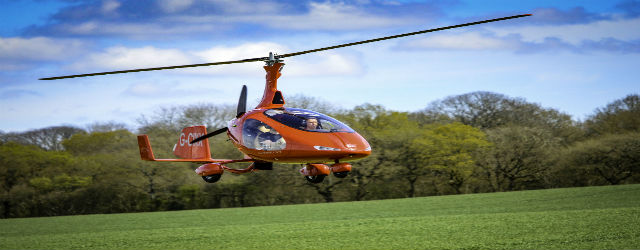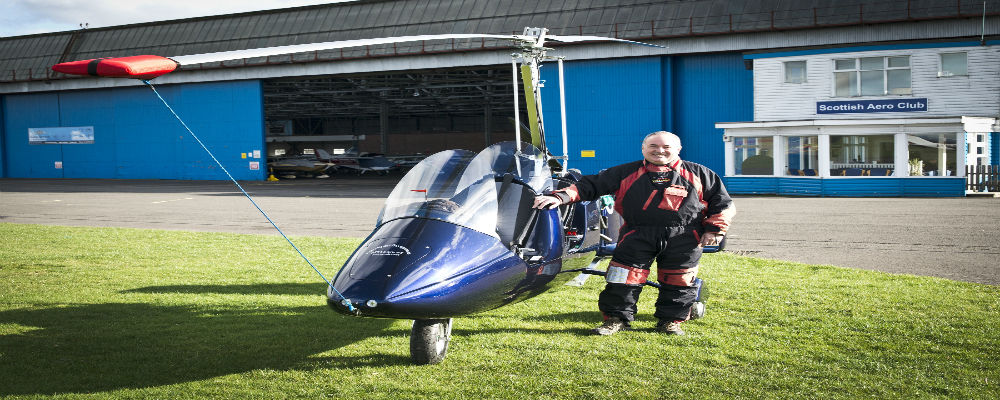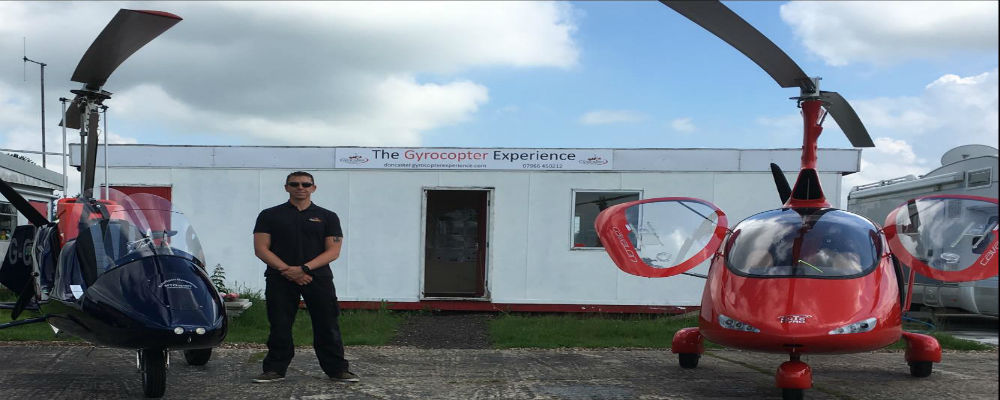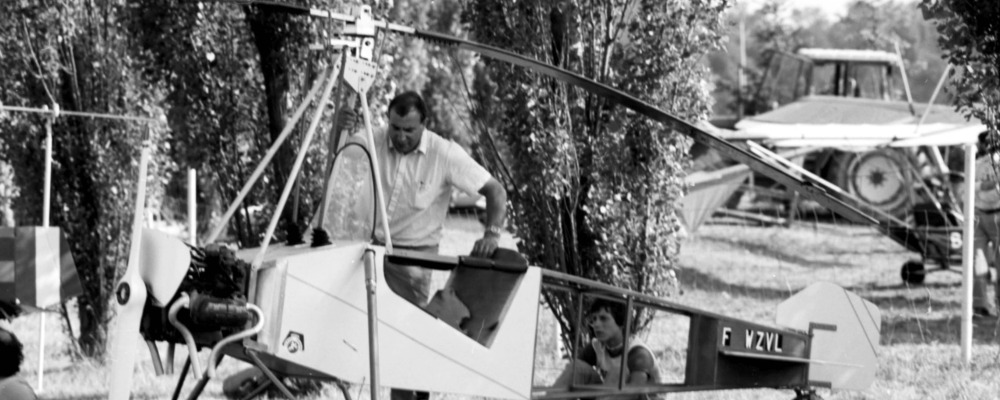
Discover the Amazing Gyrocopter
For generations people have wished for the ability to fly. While aeroplanes and helicopters are now commonplace in the modern world, neither truly gives us a sensation close to natural flight. This is where gyrocoptering comes in. The first gyrocopter was flown in 1923 over the streets of Madrid by inventor Juan de la Cierva, and has since become a passion for aspiring aviators across the world. They have come on a little way since then! Read on for our interview with two of the best UK gyrocopter pilots in the business.
To find out more about gyrocopters, we caught up with a couple of passionate professionals – Kevin Whitehead from The Gyrocopter Experience, Perth and Jim Hughes from Blue Thunder in Yorkshire to get the lowdown on this unique mode of transport.
How did you discover gyrocopters?
Kevin Whitehead (KW): Initially I wanted to become a helicopter pilot, but due to the huge costs involved it wasn’t possible. My friend suggested that I learn to fly a gyrocopter instead. There weren’t any instructors in Scotland at the time, so I had to travel south to Rufforth near York to have a trial flight. As soon as we took off I knew that the gyro was for me, I was grinning from cheek to cheek and the rest is history.
Jim Hughes (JH): Having had a trial flight in the Lake District I instantly fell in love with the gyrocopter. Living in the Lakes, I needed an aircraft that would bode well with the turbulent conditions and the gyrocopter proved to be such an aircraft.
What are the main differences between a gyrocopter and a helicopter?
KW: Unlike a helicopter the gyro is simple in design, with rotor blades driven by the wind and not the engine. Forward airflow created by the propeller forces air up through the spinning rotor, which in turn creates lift like a conventional wing on an aeroplane and supports any weight being carried. A small forward component of the lift created pulls the rotor around and self sustains; this is known as auto-rotation. Gyrocopters cannot take off or land vertically, so a take-off run is required to gather enough rotor speed to generate the forces needed for flight. In comparison to a gyrocopter, a helicopter is more technically complex, with rotor blades driven by the engine. The downward thrust of the rotors creates a cushion of air, which supports the weight of the helicopter and its passengers and supplies forward thrust.

How long have you been flying gyrocopters?
KW: I have been flying gyrocopters since 2008.
JH: I have been flying gyrocopters for six years and have over 1,500 hours of flight time. To give this some context, an advert for a police helicopter pilot would ask for no less than 500 hours. I have been a full time instructor six days a week for the last two years and I still love every flight.
What makes it such a fun activity?
KW: It’s the feeling of freedom and of being in the open, flying like a bird. You are given a wonderful unrestricted view from above and it’s an adrenaline rush guaranteed to give you the ‘Gyrocopter Grin’!
JH: Gyrocopters are not aerobatic aircraft but that doesn’t mean they’re not fun! A lot of our pilot training involves high-energy manoeuvres that can put a smile on anyone’s face.

Where next for gyrocoptering?
KW: So far modern gyrocopters have only been used for sport aviation. However we are moving into a new era of commercial uses for gyros, to possibly take on some of the jobs that helicopters have previously conducted, such as photographic and overhead power line surveys.
JH: The gyrocopter world is currently booming and we are now able to carry out surveillance operations in the Cavalon Pro gyrocopter, the same way helicopters have done for the last 20 years.
Where is the best spot to fly gyrocopters in the UK?
KW: I’m inclined to be biased and say that the best spot for flying gyrocopters in the UK would of course be Scotland. However in reality flying a gyrocopter anywhere in the UK is just fantastic, you can’t beat it!
JH: Some of the best flying can be done in the Scottish borders but flying in the East Coast of Yorkshire with its long sandy beaches is a delight. Often we will land along the coastal route for a brew and scone at one of the many small private airfields.
Now that you’ve heard from some genuine gyrocopter gurus, there’s no excuse not to hit the skies. Check out our range of experiences, plus tell us in the comments where you would most like to fly.
IMAGES: RLD, Gyrocopter Experience and Blue Thunder



